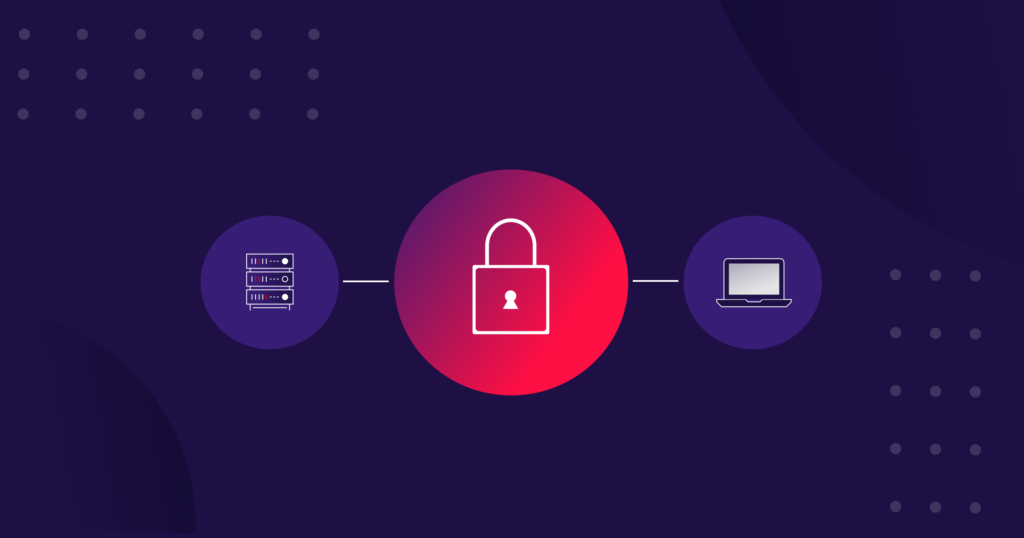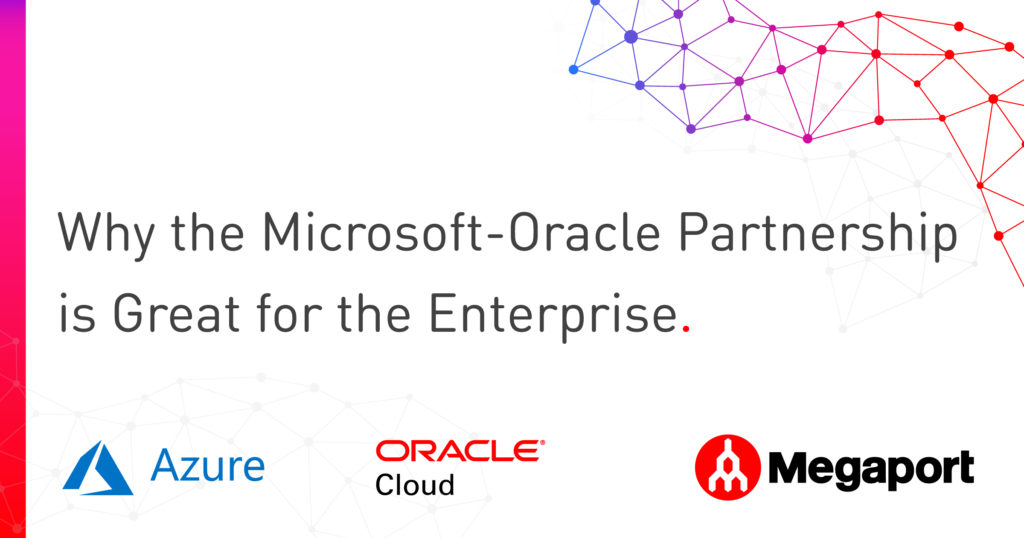
Why You Need Integrated Network Security
- May 24, 2022
Having an interoperable network can be the difference between organization and crisis. Here’s how your business can achieve one.
According to a recent report by Gartner®1, “by 2025, 40% of newly written composite applications will use standard tokens to communicate security and network requirements ”. But what does this mean, and why should your business take note?
To begin with, it’s important to understand just exactly what a composite application is. A composite application is one that “orchestrates independently developed programs, data, and devices to deliver a new solution that none of the previously available applications could deliver on its own ”. Essentially, this means that the composite application combines other network applications or features into one consolidated application. An example could be an application that allows a customer to manage their entire cloud stack through viewing multiple Cloud Service Providers (CSPs) at once, and accessing information on such things as their performance and security status with ease.
Standard tokens are an important component of composite applications; they work as a general instruction which a software engineer can then code and apply across multiple applications. These tokens are created through Application Programming Interfaces (APIs), which “enable two software components to communicate with each other using a set of definitions and protocols. ” This set of instructions can then increase speeds, reduce latency, and heighten security between and across connected applications.
Opting for applications that are vendor-neutral (i.e, no one vendor can control the definition, revision, or distribution ) and work together can play a key role in ensuring security by supporting ‘back-up’ applications to store your precious data should there be any breaches. And with cybercrime as rampant as ever , it’s better to be safe than sorry when it comes to your network’s security.
For example, SASE (Secure Access Service Edge) is a cloud-delivered framework that performs as a composite application by applying security features across a customer’s SD-WAN architecture. Utilizing standard tokens, it can improve your network security by ensuring zero-trust network access (ZTNA) to know who and what is on your network at any given time, and provide complete session protection to ensure your data is in safe hands. It also utilizes secure web gateways (SWG) as a security measure by filtering out unwanted content from unsecure web traffic. As-a-Service softwares or platforms can also be considered composite applications, as they act as a layer under or over a customer’s cloud architectures.
The benefits for your network
Using a composite application like SASE can assist in network integration in a number of ways. These include:
- Better visibility - use composite applications to your advantage to easily view and manage your cloud suite or applications.
- Increased security - lessen the attack surface of your network and reduce risk of data breaches by consolidating security processes across your applications. Such processes could be actions to prevent threats, or next-generation firewall (NGFW) policies, for example.
- More control - influence how your applications communicate with each other by bringing them together through a composite application, and apply standard tokens to perform unique actions to simplify your network experience. You can also better control the traffic and data that enters and leaves your internal network.
Recommendations for I&O leaders
According to Gartner, I&O leaders responsible for cloud and edge infrastructure should:
- Enable flexibility to address changing needs (and a dynamic vendor landscape) by making shorter-term one- to three-year investments for zero trust network access (ZTNA), SASE and cloud networking offerings.
- Optimize cloud networking software investments by preferring lightweight, “cloud aware” products that are offered via consumption-based pricing, with robust and well-documented APIs.
- Favor vendors that support open interoperable networking and security policy definitions and distribution by using standard tokens and payload formats.
How Megaport can help
When you connect to Megaport’s vendor-neutral Software Defined Network (SDN), you’re choosing a private backbone that can be applied across your entire network for better security, performance, and ease of management. With on-demand provisioning and no lock-in contracts, customers can also future-proof their architecture with the ability to scale their network up in real time as they grow, as well as full network visibility via the Megaport Portal.
Our Megaport API allows customers to get even more control over their network by automating a range of Megaport-related processes and enabling the utilization of standard tokens in their network suite. Meanwhile, Megaport Virtual Edge (MVE) gives customers control of their network from end to end, meaning they can keep a closer eye on security processes and protect their data to the edge.
You can also easily and securely integrate your network through SASE (if partnered with Fortinet or Versa) for a Network as a Service (NaaS) and Security as a Service (SaaS) fusion that supports faster speeds and higher bandwidth without compromising on security. This solution enforces consistent security policy at the cloud services level, meeting users wherever they are, on any device; the security perimeter allows direct communication to the resources that your end users need to access.
While your business can survive without an integrated, scalable network, it’s far from efficient in the long run and poses risks to your and your customers’ data. That’s why you should seek out vendor-neutral, API-friendly, and scalable solutions for your network, and favor standard tokens as per Gartner’s recommendation. With its vendor-neutral, feature-rich NaaS, connecting your applications and clouds with Megaport is a great place to start.
1 Gartner®, Predicts 2022: Connecting the Digital Enterprise, By Andrew Lerner, John Watts, Joe Skorupa, 2 December 2021.
GARTNER is a registered trademark and service mark of Gartner, Inc. and/or its affiliates in the U.S. and internationally and is used herein with permission. All rights reserved.


